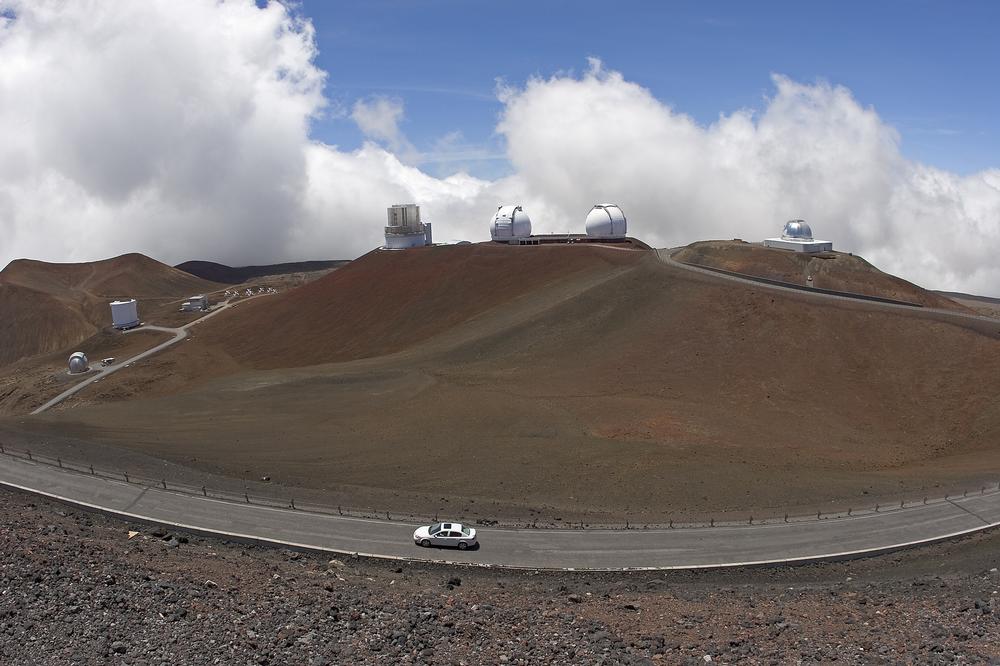Dreaming of high-altitude views with island vibes? I’ve chased sunrises, hiked jungle trails, and stood on volcanic summits—and I can tell you, the Hawaii mountains are like nowhere else. From misty rainforests to lava-sculpted peaks, these landscapes are wild, beautiful, and full of wow moments you’ll never forget.
Here Are Some of My Favorite Mountain Experiences in Hawaii:
- Watch the sunrise above the clouds at Haleakala on Maui – I’ve done this more than once, and it still gives me chills. Bring a jacket—it’s cold up there, but totally worth the early wake-up.
- Hike the emerald ridges of the Ko?olau Range on O?ahu – The views stretch forever, and I’ve found the trails peaceful, lush, and full of photo-worthy moments.
- Explore the volcanic landscape of Mauna Kea – I’ve stood at the summit and felt like I was on another planet. At nearly 14,000 feet, it’s Hawaii’s highest point and an unforgettable experience.
- Trek through jungle trails and waterfalls in the Wai?anae Mountains – I’ve taken slower hikes here with the sound of birds and rushing water all around. It’s a perfect escape into nature.
- Marvel at Kaua?i’s Na Pali Coast and Waimea Canyon – The cliffs and canyons are so dramatic, I could stare at them for hours. I’ve explored by foot, boat, and helicopter—and each view felt brand new.
Unique Hawaiian Mountains:
In Summary...
(and if you want to revisit my photo journey)- • Diamond Head
- • Haleakala
- • Hualalai
- • Kamakou
- • Kawaikini
- • Kilauea
- • Kohala
- • Ko’olau Range
- • Mauna Kea
- • Mauna Loa












